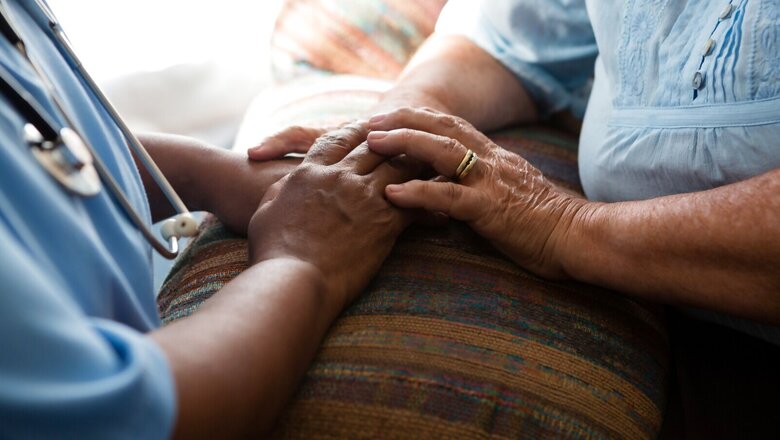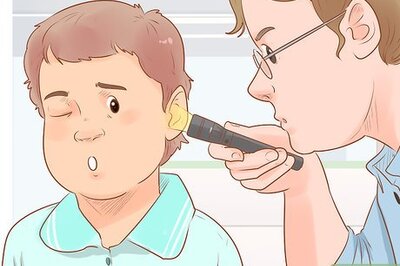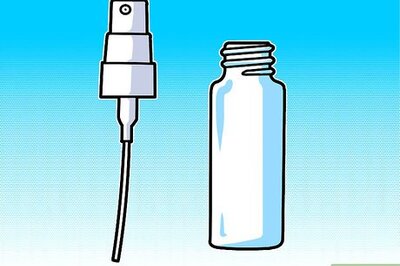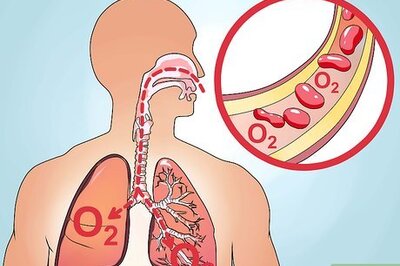
views
India currently has a relatively young population—more than half of the Indians are under 35. Simultaneously, the senior citizen population is also on the rise; the number of young children in the country peaked almost a decade ago.
Some projections indicate that the population of Indians above 55 may more than double in 2050. Seniors have special healthcare needs that place stress on healthcare systems. If second wave of COVID-19 has taught us something, it is that we cannot wait until healthcare providers are overwhelmed. We need to start buttressing the healthcare ecosystem right now so that it will be ready to take care of this population as it grows.
One area that needs specialised attention is step-down care for seniors. It is no secret that old age presents many health complications. This is true for their recovery period after a treatment or surgery as it is for the procedure itself. Step-down care is what is provided to patients once they leave ICUs, surgery wards, and other high-intensity care environments. The philosophy of step-down care is to ensure a gradual recovery. It is best understood when examining three basic kinds of care—acute, sub-acute and post-acute care—available to anyone suffering from a medical condition that requires immediate attention.
Stages of Medical Care
Acute care is immediate, intensive medical care for urgent medical conditions that require constant treatment and observation. In hospitals, intensive care units (ICUs) and other high-intensity wards provide acute care. Sub-acute care takes place after this, although in some cases it can replace acute care altogether. It is required by medically fragile patients who may need experts to frequently monitor their condition and adjust treatment procedures accordingly. Dialysis and chemotherapy are probably two of the most recognisable forms of sub-acute care.
ALSO READ | Alone, Anxious, Helpless: Why We Must Prioritize Mental Health of the Elderly during COVID
Finally, post-acute care focuses on recuperation, rehabilitation and symptom management of patients, and may range from intensive, short-term treatment to long-term care. The primary goal is to help the patient transition from an intensive care environment with lots of medical support back to their homes. Post-acute care is especially required for patients recovering from cardiac, pulmonary, neurological and orthopaedic conditions because they need rehabilitative therapies to recover.
As the name suggests, the concept of step-down care is intended to ensure that there is an appropriate gradient as patients transition from acute care to sub-acute and post-acute care. Step-down units in hospitals are now becoming increasingly commonplace to ensure that patients can transition out of high-intensity wards at a pace befitting their recovery (and not the bed management policies of hospital administrators). There is now also a proliferation of step-down care centres such as care homes offering sub-acute and post-acute care.
Why Step-down Care is Important for Seniors
Sub-acute and post-acute care is especially complicated for seniors. First, the time period involved for full recovery increases significantly with age as the body loses its ability to heal quickly. More importantly, there is an increased risk that the condition of senior patients will deteriorate. This may happen for a variety of reasons, the most common being recurrence of their original medical condition or a new infection received from another patient in a high-intensity ward. In fact, avoiding the possibility of infection is one of the primary advantages of incorporating step-down wards in hospitals. It is beneficial to everyone if patients can be adequately served by going directly to a sub-acute care unit, thereby avoiding the risks of an acute care environment.
Many of the medical conditions that require sub-acute or post-acute care take significant interventions to reach a full recovery. This recovery includes constant involvement of physicians, physiotherapists and a variety of other experts, which are provided in facilities such as care homes. With younger patients, it is possible that some of this can happen at home, but with senior patients, this is not advisable. Some recovery programmes for seniors may require specialised equipment or support that is not available at home. Also, in a general sense, they may benefit more from oversight and supervision that care homes provide.
Assisting Gradual Recoveries, One Step at a Time
Step-down care is increasingly seen as important by patients and healthcare professionals. It ensures that the recovery process for patients is relatively stable and more effective, with a reduced chance of recurrence and return visits. Given the specific requirements of seniors, it is ideal that they have dedicated space for step-down care.
The decision of doctors on whether patients require acute care or can be sent straight to sub-acute care in step-down centres should be the first step. This step will increase the awareness of step-down care and help create a market for dedicated centres—a market that will only grow in future. As more and more doctors start incorporating step-down care in recovery programmes, building care home-like infrastructure would be vital to cater to the increasing population of seniors in India.
The author is Consultant Physician and Head of Clinical Services, Antara, a Max Group company specializing in senior care. The views expressed in this article are those of the author and do not represent the stand of this publication.
Read all the Latest News, Breaking News and Assembly Elections Live Updates here.




















Comments
0 comment